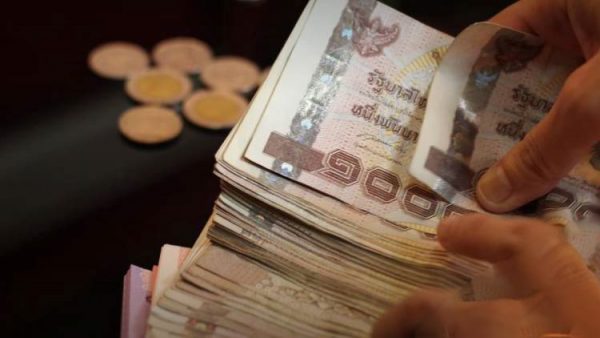Two areas in Samut Sakhon declared COVID-19 strictly controlled zones

The communicable disease control committee of the coastal province of Samut Sakhon put two areas in Muang and Krathum Baen districts under very tight monitoring measure today (Friday), due to high COVID-19 infections there.
Known for its largest seafood supplies in Thailand, Samut Sakhon was the epicentre of the second wave of the COVID-19 pandemic, which started in mid-December last year and saw thousands of tens of thousands of factory workers infected with the disease, resulting in the opening of the country’s first field hospital.
The situation in the province has since improved, but lately, after the outbreak of the third wave, on April 1st in Bangkok, more infections have emerged there.
In the Muang district, the area being closely monitored covers the Vichien Chodok Road, from Pom Wichienchotikaram Temple in Mahachai sub-district to the Land Transport Office, and extending to Rama 2 Road and all the lanes intersecting the Vichien Chodok Road.
In Krathum Baen district, the maximum controlled area covers parts of Don Kai Dee and Klong Madua sub-districts, starting from Krathum Baen Road junction, running along Sethakit Road, up to the mouth of Soi Klong Madua 17 at the junction by Ban Don Kai Dee School and along Klong (canal) Madua to Soi 7 of Saiyai Rak Road up to Krathum Baen junction.
The communicable disease committee also urged people in the maximum controlled zones to observe the basic preventive measures strictly, which include social distancing, the wearing of face masks in public, frequent hand washing, regular temperature checks and scanning “Thai Chana” or “Mor Chana” apps when visiting a public venue or shopping mall.
They were also told not to travel out of the zones to other areas and to refrain from gathering for together.
Factories in the zones have been instructed to observe the Health Department’s good factory practices, which also cover the workers by advising them not to leave the controlled zones unless it is necessary and not to visit places where there are many people, such as in markets.
If 10% of employees at a workplace are found to be infected, the “bubble and seal” measure will be imposed.






